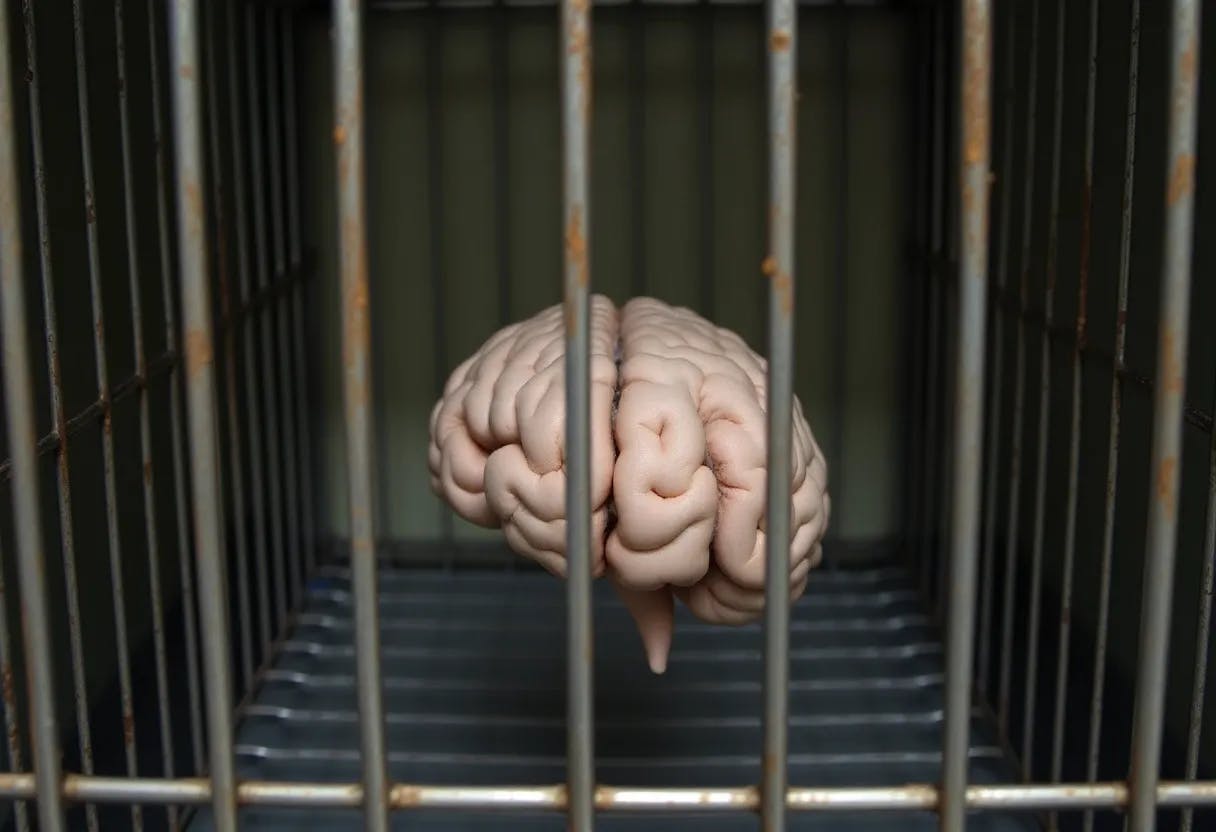How much is significant in all the research that was done at Harvard and Columbia neuroscience in the last decade that moved the understanding of mental health forward? Little. So, what have they been doing? This question is important because there are perturbations in the funding pipeline for them, and they are displeased.
However, they refused to ask themselves, for every paper, how does this explain a mental state? This means that if there is a state of disorder, what is the difference between that mental state and another? What—in the brain—can be specifically used to explain that mental states are different? So, all they would have needed to do was to identify components in the brain—in line with evidence—then explain mental states for the components with differences.
If they had done this, no one would have touched them, since they would have been able to explain mental disorders, substance abuse, consciousness, human intelligence, and much more—resulting in mainstream relevance for them, shaping how everyone talks about mental health and elevating the prospects for care. Now, their money is marooned, even if there are other reasons for it, the lack of answers that kept them in oblivion did them in, as well.
There is a recent report in The Transmitter, NIH cuts quash $323 million for neuroscience research and training, stating that, "Neuroscience research and training has taken a $323 million hit in the form of grants rescinded by the U.S. National Institutes of Health (NIH), according to an analysis by The Transmitter. Of the 2,360 grants the Trump administration has canceled so far this year as of 30 May, about 15 percent are neuroscience related. The purge includes $218 million dedicated to basic and clinical neuroscience research and $105 million to fund training programs, brain atlases, and centers and cores that provide resources for neuroscientists across 98 institutes, hospitals and companies. Harvard University and Columbia University received the brunt of the cuts, losing more than $230 million combined. Most of the canceled neuroscience grants were awarded by The National Institute of Mental Health [NIMH], NIA and NINDS. But even though the NIMH has a smaller budget than the NIA and NINDS, it accounts for the majority of canceled funds: 30 percent, or almost $100 million."
In the brain, all functions are correlated with neurons. Neural activities are connected to electrical and chemical signals. Neurons are in clusters. It is possible to explain the brain for electrical and chemical signals in clusters of neurons.
So, a robust concept of how the human brain works by these components can be developed and used to explain mental states, differentiating one from others, and providing a mechanistic architecture for how mild and severe mental illnesses work.
This is all they should have done at Harvard and Columbia neuroscience research, but they did not. [This would have answered the question: of all the data we have, what can we use to explain mental health. We do not have to completely understand how the brain works, but this is what we can use].
While many aspects of work may contribute to knowledge, what should be pivotal is not what they have on offer, so the theme is always no one knows how the brain works, but studying the brain is important, now give us funding.
AI also came amid their lack of answers. They did not provide a model of how human intelligence works conceptually, to at least shape how AI can be understood to advance. No relevance in mental health or generative AI, for human intelligence, or for parallels towards AI safety or alignment. Now, grants are abscised, which, on some benchmarks, means that their work is aggregated with waste.
The future, in neuroscience, also passed them by, even with the prestige, facilities, and so forth.
Say somehow, their funding is fully restored, they won't be able to find their way back to relevance in useful neuroscience research, since the justification of their importance is not results but the status quo of misplaced studies—forever.


